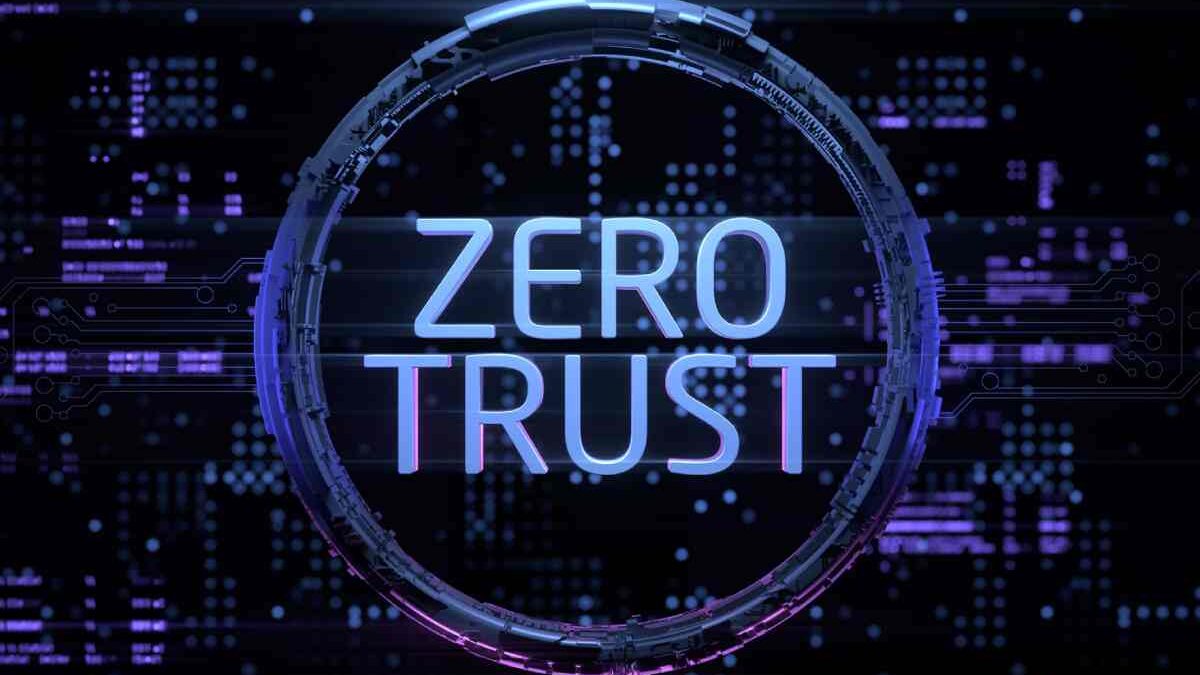Zero trust security is an IT security model that requires strict identity verification for every person and device trying to access resources on a private network. It is an excellent network security approach incorporating various principles and technologies. In other words, network security trusts anyone or anything inside the net. So, the zero-trust Architecture trusts no one and nothing.
Traditional network security is based on a concept called castle and moat. Obtaining access from outside the network is hard in this security concept, but everyone is trusted by default. So, the problem with this concept is that once an attacker gains access to this network, there is a big issue.
What are the Principles Behind Zero Trust Security?
It requires strict control of device access. This system is required to monitor how many different devices are trying to access their network, and this will ensure that every device is authorized and accesses all devices to ensure they have not been compromised.
The idea behind a zero-trust network is that there are attackers within and outside the network. So no users or devices should be automatically trusted. Zero trust will verify the users’ and devices’ identities before entering the network. A time duration is given, So once the time is out, it will force users to be continuously reverified.
Multifactor authentication is a core value of zero trust security. It means it requires more than one piece of evidence to authenticate a user or a device. More than just entering a password is required to gain access. It is a 2-factor authorization used on an online platform like Facebook. Apart from entering a password, the user enabled to FA for the services must enter a code that will be sent on another device, such as a mobile phone. Zero-trust architecture trusts no one and nothing.

